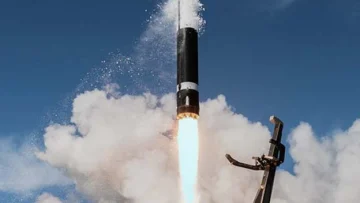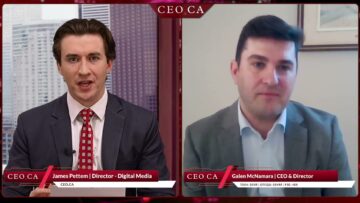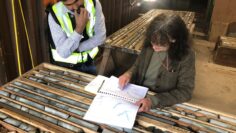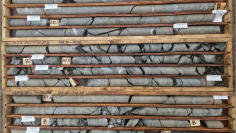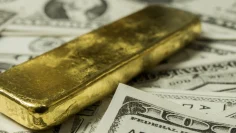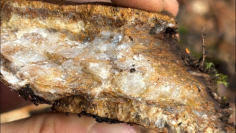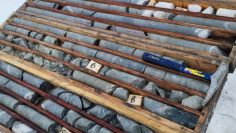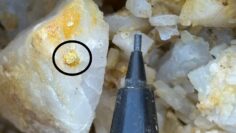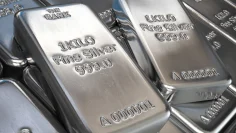Russia already pays its bills in gold
In times of dwindling silver reserves and increasing uncertainty regarding future supplies, Russia has acted strategically and now wants to add silver to its reserves. This became clear in the Russian central bank’s recently published plans for managing its currency reserves.
While most Western central banks only report gold reserves, Russia and the former Soviet Union also have and had considerable reserves of platinum and palladium. During the Cold War, the exact size of Russia’s palladium reserves had the status of a state secret because Russia largely controlled the production of this precious metal and sought to control its price on the world markets.
The fact that silver will now also be part of Russia’s currency reserves is new, but fits in well with this picture, as Russia’s announcement takes more of an already scarce commodity off the table, thereby exacerbating existing shortages. At the same time, it is to be expected that the central bank’s new silver reserves will soon show book profits.
Russia already pays its bills in gold
Both will strengthen the rouble at a time when inflation in the country is high and the exchange of goods with other countries is very difficult due to Western sanctions. The move is also likely to exert additional pressure on the US dollar. In trade with other BRICS countries, Russia has already switched to making payments in gold in recent months.
For example, drone deliveries from Iran were paid for in gold and some transactions with Chinese trading partners were also settled in gold rather than US dollars. The Russian central bank’s efforts to further expand its gold reserves were correspondingly high.
It was relatively easy for the country to expand its own gold reserves because Russia is one of the leading gold producers and gold production could be bought up domestically for roubles. The situation is similar for silver, as Russia is the eighth largest silver producer in the world with an annual production of about 38.5 million ounces.
If some of this silver disappears into the vaults of the Russian central bank in the future, it will no longer be available to the industry. This is not insignificant, as global demand for silver has outstripped supply for four years in a row.
Although silver is already significantly more expensive than a year ago at prices of around USD 34, analysts are forecasting that the price could rise by a further 50% within a year. Sustained demand from industry has laid the foundations for a perfect storm in recent years. Russia could now fuel this further with its decision to add silver to its currency reserves.
Just in time for the start of the week, the resistance level of USD 32 was also significantly exceeded on Monday. A rally developed, causing silver to rise by a further two US dollars to the USD 34 range within a few hours. The strong rise within a short time shows on the one hand how much pressure the kettle has already been under in recent days and also indicates that imbalances on the futures exchanges are being eliminated in a rush.
Disclaimer: GOLDINVEST Consulting GmbH offers editors, agencies and companies the opportunity to publish comments, analyses and news on https://www.goldinvest.de. This content is intended solely for the information of readers and does not represent any kind of call to action; neither explicitly nor implicitly are they to be understood as a guarantee of any price developments. Furthermore, they are in no way a substitute for individual expert investment advice; rather, they are advertising/journalistic publications. Readers who make investment decisions or carry out transactions on the basis of the information provided here do so entirely at their own risk. The acquisition of securities, especially in the case of penny stocks, involves high risks that can lead to the total loss of the capital invested. GOLDINVEST Consulting GmbH and its authors expressly exclude any liability for financial losses or the guarantee that the content of the articles offered here is up-to-date, correct, appropriate and complete. Please also note our terms of use.
In accordance with §34b WpHG (Securities Trading Act) and Section 48f (5) BörseG (Austrian Stock Exchange Act), we would like to point out that clients, partners, authors and employees of GOLDINVEST Consulting GmbH hold or may hold shares in Golden Carbiboo Resources and therefore a possible conflict of interest exists. Furthermore, we cannot rule out the possibility that other market letters, media or research companies may discuss the stocks we recommend during the same period. This may result in the symmetrical generation of information and opinions during this period. Furthermore, there is a consulting or other service agreement between Golden Carbiboo Resources and GOLDINVEST Consulting GmbH, which constitutes a conflict of interest.



